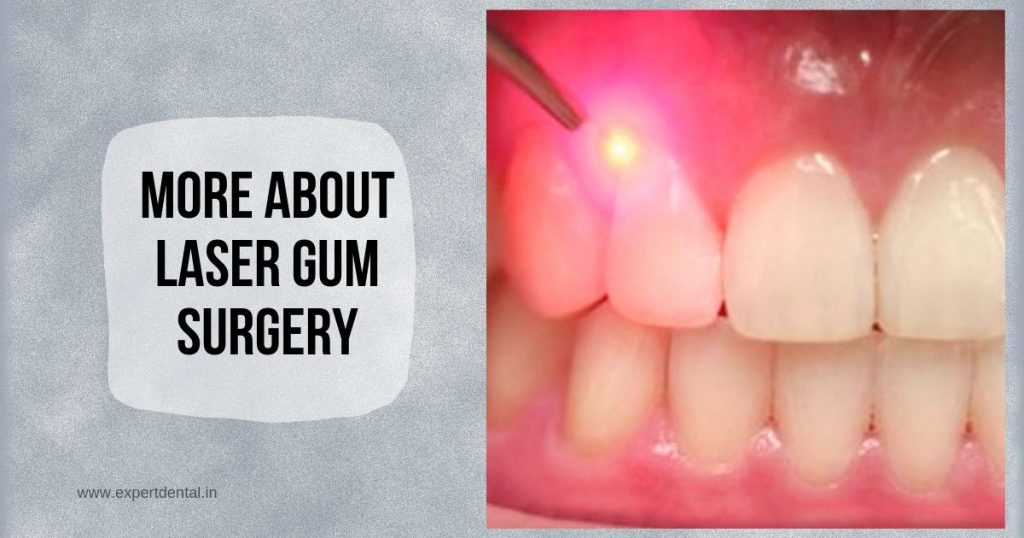Today the use of lasers used in the medical field has grown numerously. And general dentistry is one of the many fields that use lasers for diagnostic and treatment purposes. Lasers are basically light beams focused extremely that is used to alter or remove the tissues in small amounts. In this blog, we are going to see how laser technology is been used to treat periodontal diseases or gum diseases.
What is periodontal disease and how lasers can be used to treat them?
Periodontal diseases or advanced gum disease is caused due to an infection in the gum tissue and bone tissue that hold the teeth in place. Periodontal disease usually affects people after their 50s if oral hygiene is not maintained well. Some of the few main reasons that cause periodontal disease include diabetes, smoking, poor oral hygiene, genetic susceptibility, certain medications, etc. The conventional treatment for periodontal disease is scaling and root planing. Scaling and root planning is a conventional periodontal therapy that involves removing the plaque, tartar, calculus and smoothening the exposed regions of the roots. For gum diseases like gingivitis and periodontitis, surgical intervention may be needed sometimes.
For patients who might require periodontal surgery, conventional surgery and laser surgery are two options. To make the best choice between conventional gum surgery and laser gum surgery the key differences between the two should be understood.
Difference between Conventional and laser gum surgery
Pain: Conventional gum surgeries are quite painful since the gums need to be cut and sutured. Post-operative painkiller medications will also be prescribed after the surgery to tackle the pain. Many patients who have severe damage due to periodontitis avoid gum surgery and get their tooth extracted instead due to the pain and discomfort caused in conventional gum surgery. The pain and discomfort quotient can be completely avoided in Laser gum surgery. The recovery or healing time is also lesser in laser gum surgery than conventional surgery. The lack of pain and discomfort paired with faster healing allows the patient to continue their daily routine in no time.
Recession: Conventional gum surgery involves cutting the gum line to decrease gum pocket depth. In severe cases of periodontitis, the gum line must be cut to about 10-15mm which can expose the roots and cause discomfort while something hot or cold is consumed. In Laser gum surgery only the damaged tissue is selectively removed while the healthy tissue still remains.
Long term results: Laser gum surgery has a much more predictable bone and tissue re-attachment process. The Lasers used in this surgery also stimulates the root surface which promotes regeneration and reattachment of the gum and bone tissue.
Healing time: Since Laser gum surgery does not involve any surgical cutting and suturing, it allows for rapid healing. Laser gum surgery is selective in the tissues it removes which also aids for rapid healing.
